PhotoVogue has reached over 72,000 photographers and each day, we receive thousands of photographs to review.
(This is one of many that I will be submitting)
The photos featured on Photo Vogue are personally selected by the Photo Editors of Vogue Italia (which is also the added value such photography platform offers); they are constantly reviewing and selecting, even outside working hours, but do not have physically the time to provide individual explanation of the reason why a certain image was rejected.
( I defy them to refuse this beautiful face)
I believe that it is important to pay attention to what is approved and what is rejected among the works you upload, this way you’ll be more able to appreciate what type of photographs we accept; in doing so, however, I kindly ask you to keep in mind that the selection is the result of our personal review and, in no way, do we expect to be the beholders of the absolute truth.
(yer, yer, but is this not the very definition of gorgeousness?)
As we pointed out more than once however, if you decide to submit your works to us, in doing so you must also accept our judgment, after all, participating is not compulsory but simply a choice. Photo Vogue is open to all photography genres but it is not for everyone; it is not a “democratic” (if you pass me the term) platform on which everybody can simply upload whatever they like. Photo Vogue will feature only those images that have been approved by us.
(and of Lambie. In my opinion, there is a distinct lack of photos of Lambie in Vogue)
Having said this, with this article I would like to elaborate on some of the assessment criteria so as to help you become self-critical.
(we do NOT criticise Lambie ever! No, not ever. He wouldn’t like that)
The right approach when taking a photograph is not “I’ve seen something I like hence I’ll photograph it” (think How? Why? What is by the side, above and below that view/object you liked? What angle will you take the picture from? With what lens?); it is true that, especially with certain photographic genres, you have to seize the moment but, to ensure that the photography-wise that moment is perfect, you need to have absorbed certain processes and have developed a “photographic eye”.
(Is this a photographic eye?)
The right way to position yourself in respect to the subject is the same way you’d do in front of a blank canvas so as to give the necessary attention to all the elements you are going to include, put in your framing and on set in order to understand the meaning of composition in photography.
(I think this is what they mean)
My advice, at the beginning, is to focus on something and to photograph it repeatedly day after day: it could be a street view, for the instance; the goal is to absorb certain procedures so that they become almost automatic.
(I can do that. Lambie and more Lambie with perhaps a hint of Minions).
How to assess a photograph? There are both objective and subjective criteria. In assessing an individual photograph the subject, the composition, the light and the technique are important. Whereas when it comes to a photographic narrative, besides the above mentioned criteria, there needs to be no repetition, unless it is meaningful to the story; in addition, there needs to be narrative cohesion and the ability to tell a story.
(Dog meets sheep. Dog hates sheep. Dog is told to like sheep. Dog tolerates sheep. Sheep loves everyone)
Given that the images are assessed by human beings and not machines, there is also a series of subjective criteria that may prevail over the technical ones precisely because photography is a form of art which – luckily – has emancipated itself from being a mere representation of reality long time ago, hence our job is not to judge how a sunset truly resembles the real deal or how clear and precise a certain photograph is; there are many technically perfect shots which are flat, with no soul and that work only as a mere photographic reproduction of the subject.
(I have no idea what he is on about but here is another picture of Lambie)
It is transformation that makes a shot artistic, the variance between reality and the way it is portrayed: such variance is the added value and represents the photographer’s unique vision. A good photograph needs to have a soul, be open, not provide answers but rather trigger questions, it needs to intrigue, have several layers of meaning and not be dull, flat, banal or one-dimensional.
(Banal? Lambie is never banal – Vogue, maybe but never Lambie!)
When “reading” an image, as well as when taking it, the cultural and visual baggage of both the viewer and the photographer plays a fundamental role because this is one of the elements that will, unconsciously, influence both the reviewer’s assessment of such image and the photographer’s approach to shooting it.
di Alessia Glaviano, Senior Photo Editor of Vogue Italia
I think we have all been edumificated now!
Discover more from My Shetland
Subscribe to get the latest posts sent to your email.

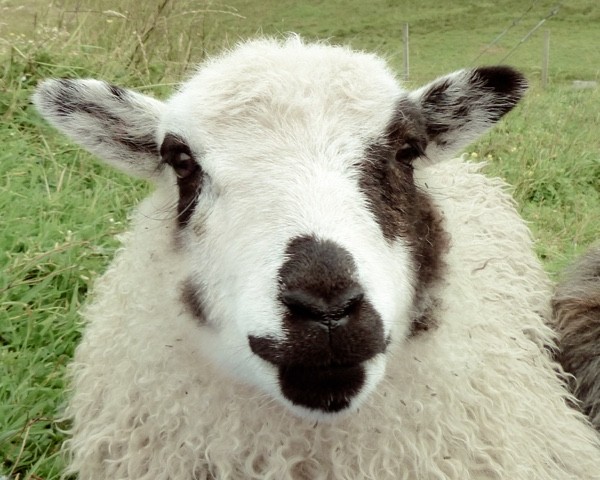
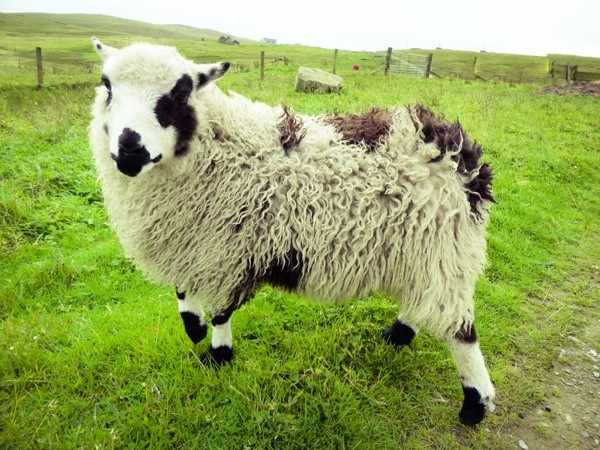
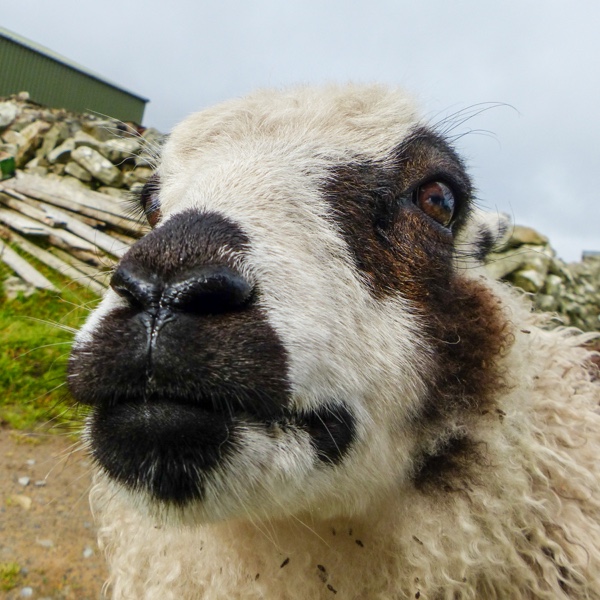
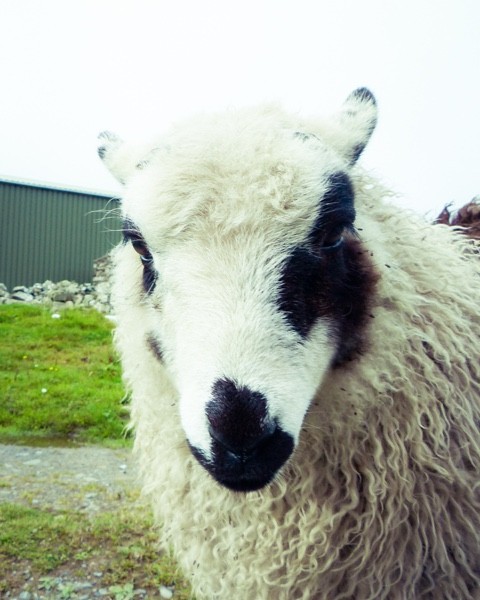
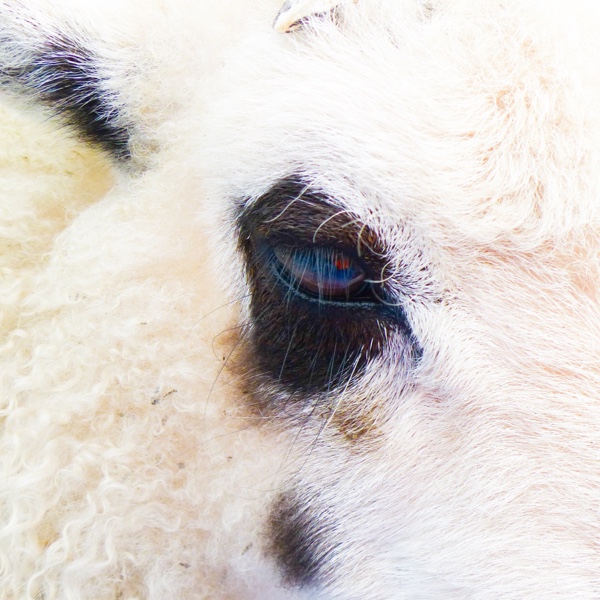
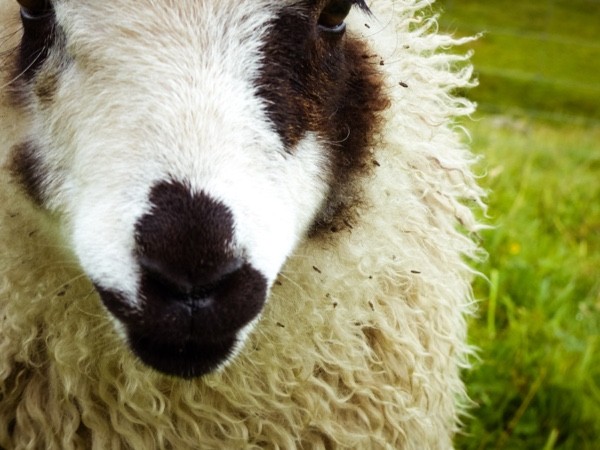

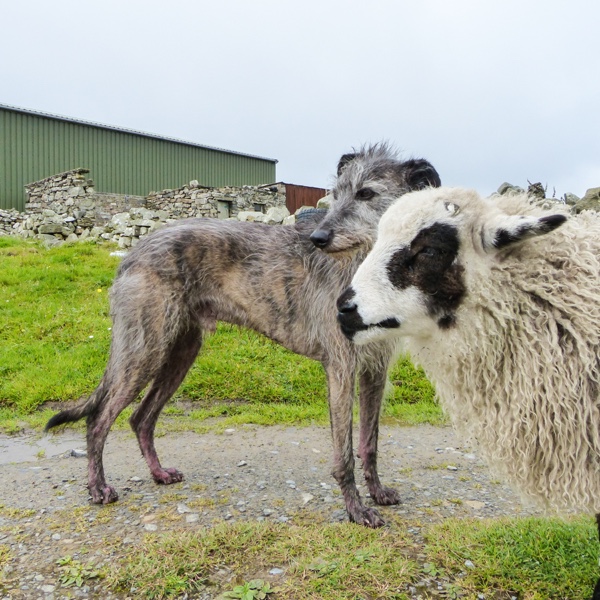
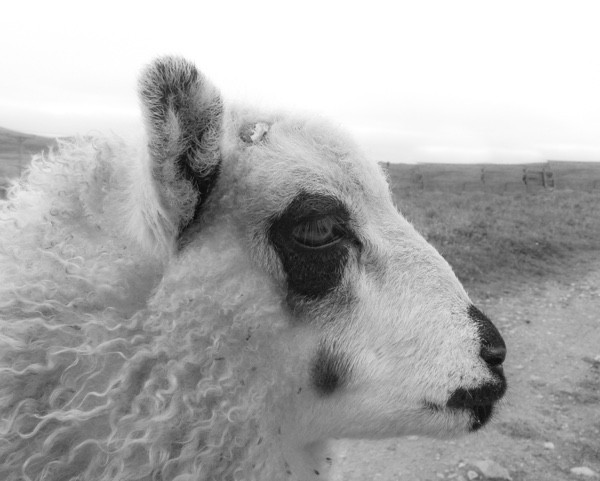
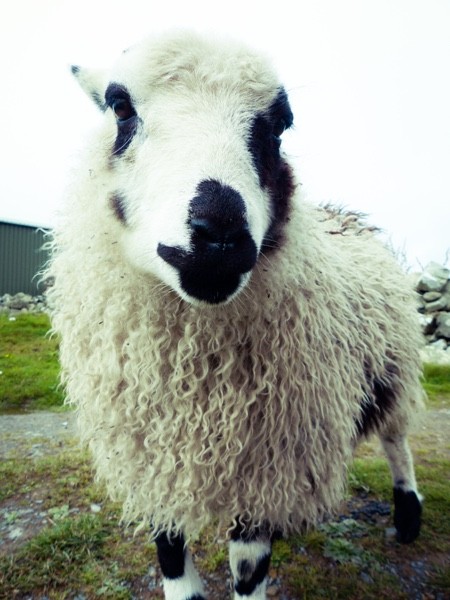

Good sheepy pics; love his black markings
Oh, what do they know?
Oh Frances, you have made my day, you are toooooo funny! Thanks for a good laugh and all the Lambie photos! (what’s not to love about that little lad?)
WOW